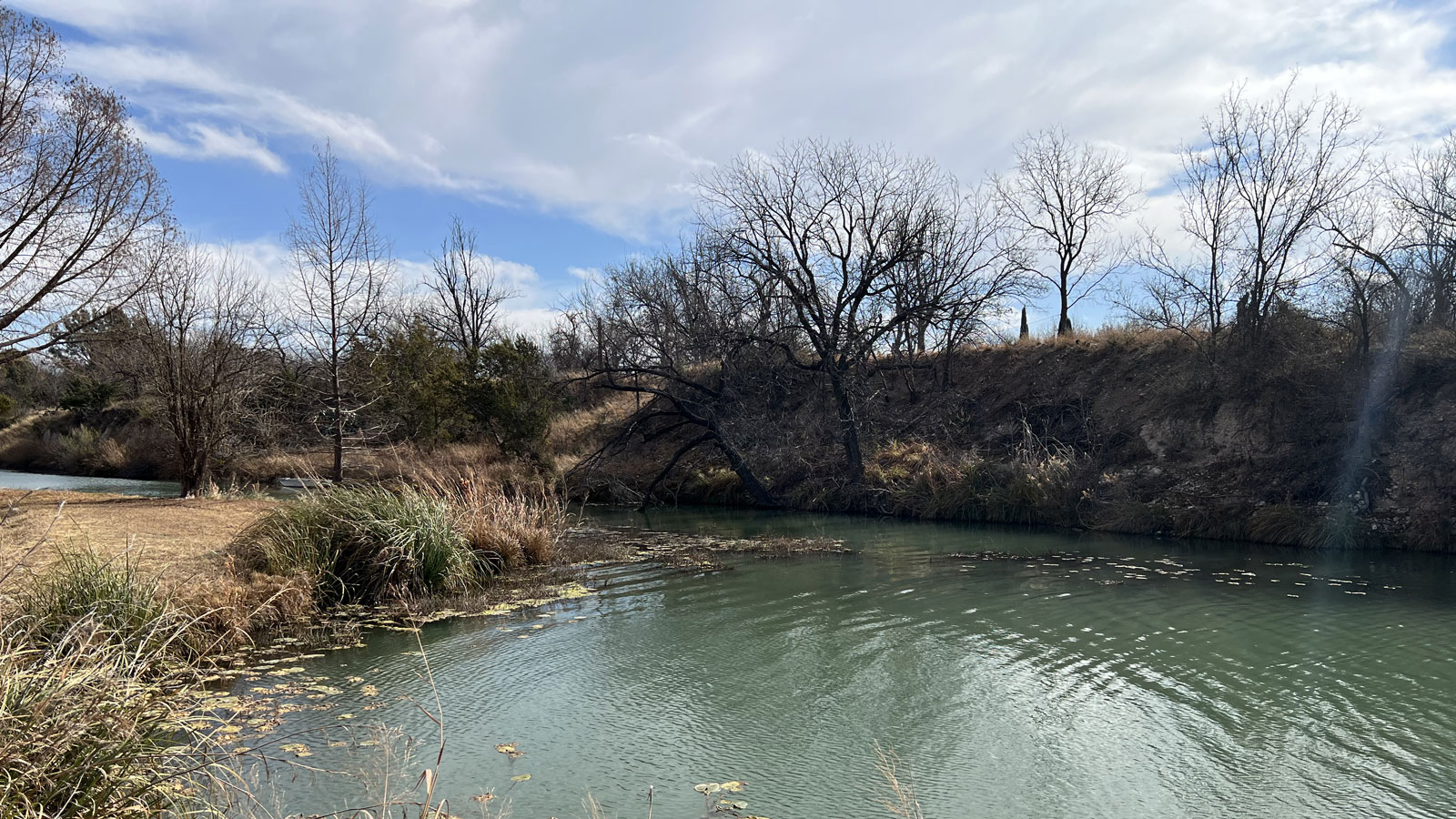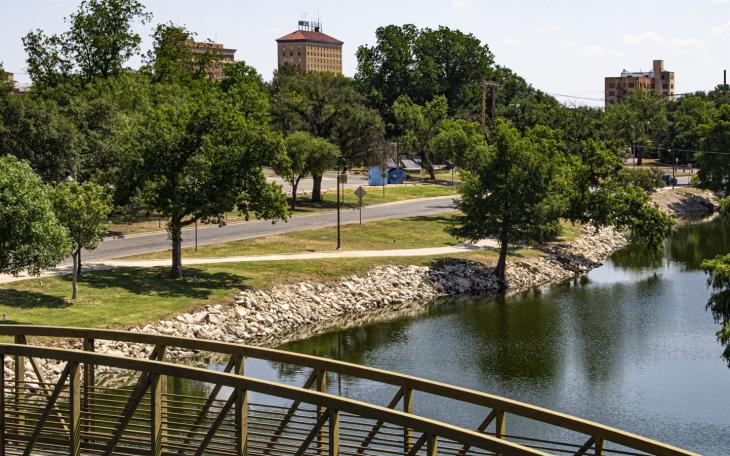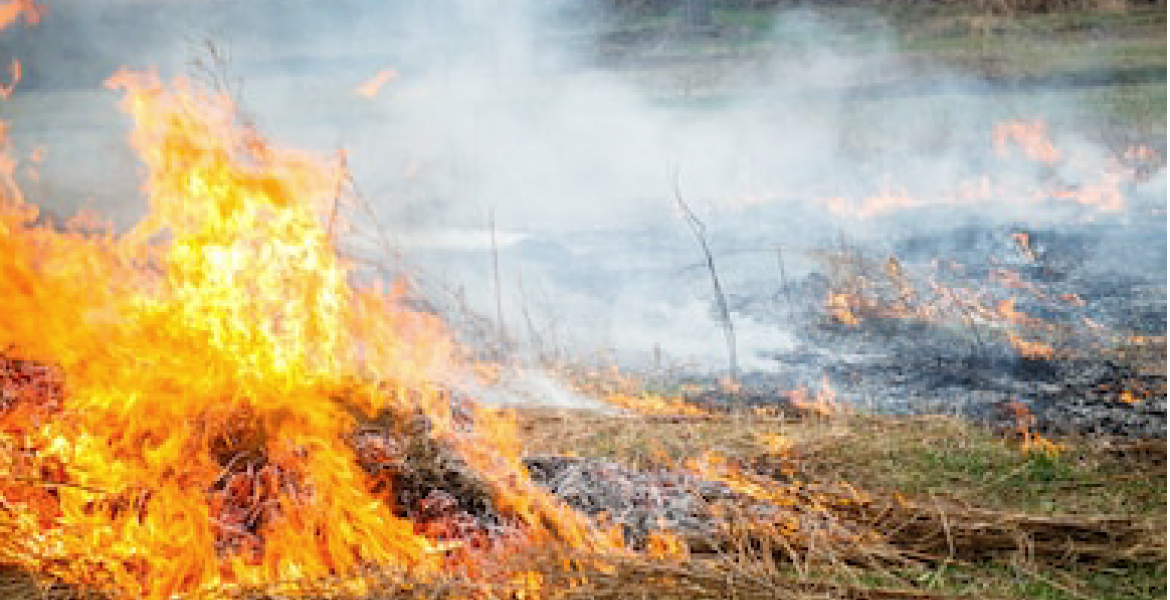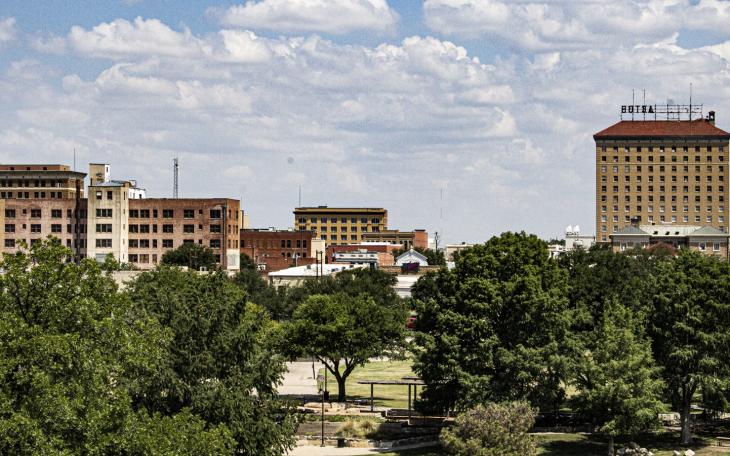SAN ANGELO, TX — Today marks the anniversary of the only Civil War era battle that occurred in the Concho Valley. According to the Texas State Historical Association, The Battle of Dove Creek on January 8, 1865, involved about 165 soldiers in Confederate cavalry unit buttressed by a ragtag unit of about 325 state militiamen. The two forces attacked a large encampment of Kickapoo Indians who were migrating from their reservation in Kansas to their tribe’s home of Hacienda del Nacimiento near the town of Múzquiz in the state of Coahuila, Mexico.
Encamped in thickets near the banks of Dove Creek, about 20 miles southwest of current downtown San Angelo, the Kickapoo, led by chiefs Pecan, Papicua, and Nokohat, routed the anglo attackers.
History books state that the Confederate cavalry commanded by Capt. Henry Fossett and the Texas militia of volunteers from Bosque, Comanche, Coryell, Erath, and Johnson counties commanded by Capt. S. S. Totten refused to coordinate their assault and would not agree to a unified command. Fossett departed Fort Chadbourne near present day Bronte after waiting two days for the Texas militia that never arrived. His unit followed what is described as a broad trail to the North Concho River starting on January 3. Fossett assumed the Indians were Comanches or Kiowas. It did not matter back then what kind of Indians they were because on the frontier all Indians were considered hostile. Besides, it was rumored that the Indians had a herd of very nice horses that could be captured. Fossett’s scouts found the Indians on Dove Creek January 7. Before Fossett could organize his 161-strong unit for an attack, the militia appeared the next day on January 8.
Totten’s militia, road weary, dismounted from their horses for a hastily planned frontal attack on the encamped Indians from the north, from where the present day confluence of Spring and Dove Creek are on the west side of Lake Nasworthy. Fossett’s Confederate troops circled to the southwest with an objective to capture a herd of the Indians’ grazing horses. They were then ordered to attack the Indian encampment from the south, thus cutting off the Indians’ retreat.
Poor reconnaissance and intelligence doomed the attackers. Totten later reported that as many as 600 Indians were fortified on high ground as his troops trudged through the swampy Dove Creek and its heavy briars and thickets. The Indians opened fire and killed at least three officers and 16 enlisted men within minutes. Totten retreated.
Meanwhile, from the south, Fossett’s cavalry captured the Indians’ horses then he split 75 men off to attack the encampment. Reports are the Indians opened fire, killing 12 Confederate horses, and forcing a Confederate retreat. The Indians then counter-attacked the afternoon of January 8. Fossett’s men were caught in crossfire and split into three groups as the Indians closed in under the cover of the thickets and wild brush. Fossett’s men somewhat repulsed the attack and retreated to a camp on Spring Creek where Totten’s militia was tending to its wounded. Darkness fell and the battle ended in disorder and confusion. The Indians recaptured their horses.
That night, snow fell and the attacking parties spent the next day miserable and hungry, forced to eat some of their horses just to survive.
History books record that 22 Confederates and Texans died and 19 were wounded, although those numbers may be incorrect because some of the men abandoned their units without leave. The Confederates and Texans retreated three days later, on January 11, stopping at the ranch owned by John S. Chisum near the confluence of the Concho and Colorado Rivers, to recover.
Reports of Kickapoo casualties are uncertain. Totten reported more than 100 killed. Fossett said 23 were killed. The Kickapoo claimed only 12 killed during the fight and two more died of their injuries after the tribe arrived in Mexico. Totten also claimed that embedded with the Kickapoo were Union Jayhawkers, but that was never confirmed.
For eight years following the Battle of Dove Creek, the Kickapoo used the attack as justification to conduct frequent raids from Mexico into towns and settlements on the US side of the border. US Army Col. Ranald S. Mackenzie under General Phillip Sheridan’s command finally led 377 men of the Fourth United States Cavalry from Fort Clark in Brackettville on a punitive expedition across the Rio Grande in May 1873. Hostilities subsided thereafter.
The Kickapoo today consider the El Nacimiento in Mexico their adopted holy land but many reside on a reservation, a small strip of land that hugs the Rio Grande on the south side of Eagle Pass. There, you can enjoy gambling at the Kickapoo Lucky Eagle Casino. Texas Monthly wrote about the Kickapoo in 1997. The article is titled, The Forgotten People.
Dove Creek is lined with large lot residential home sites and cotton fields instead of thick brush and thickets.

Dove Creek is a peaceful area today but in January 1865 this was the site of a vicious battle between Texas militiamen, Confederate cavalry and the Kickapoo Indians
Subscribe to the LIVE! Daily
Required






Post a comment to this article here: